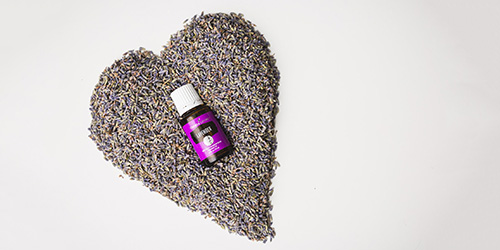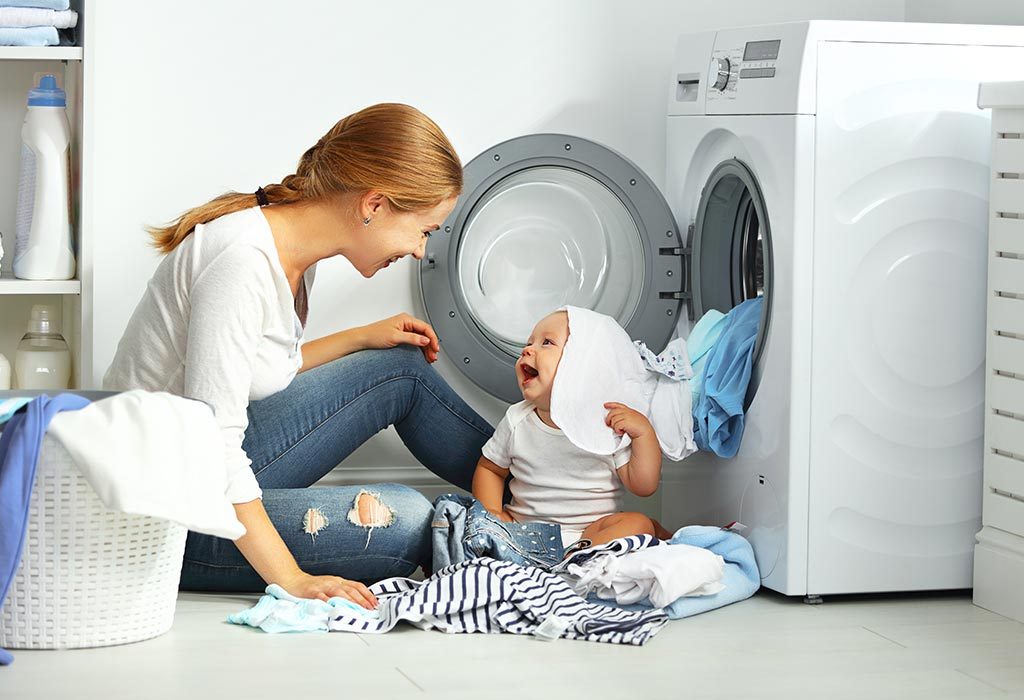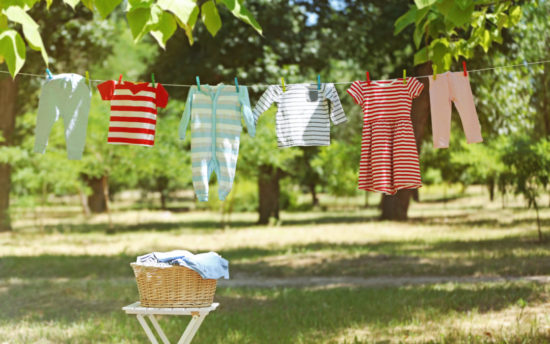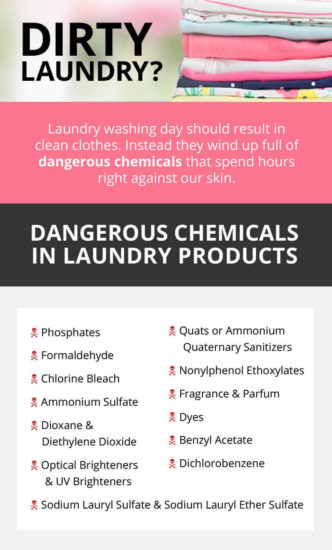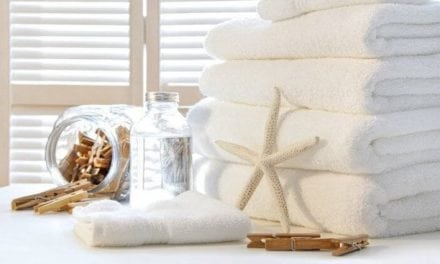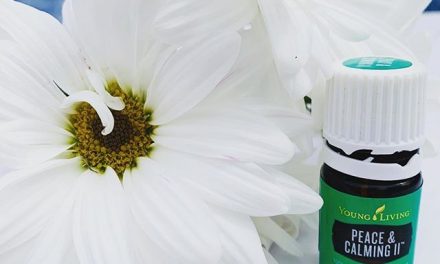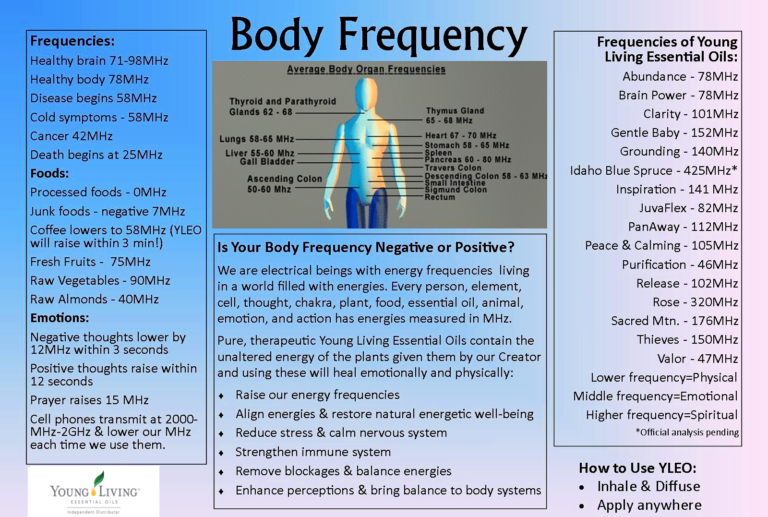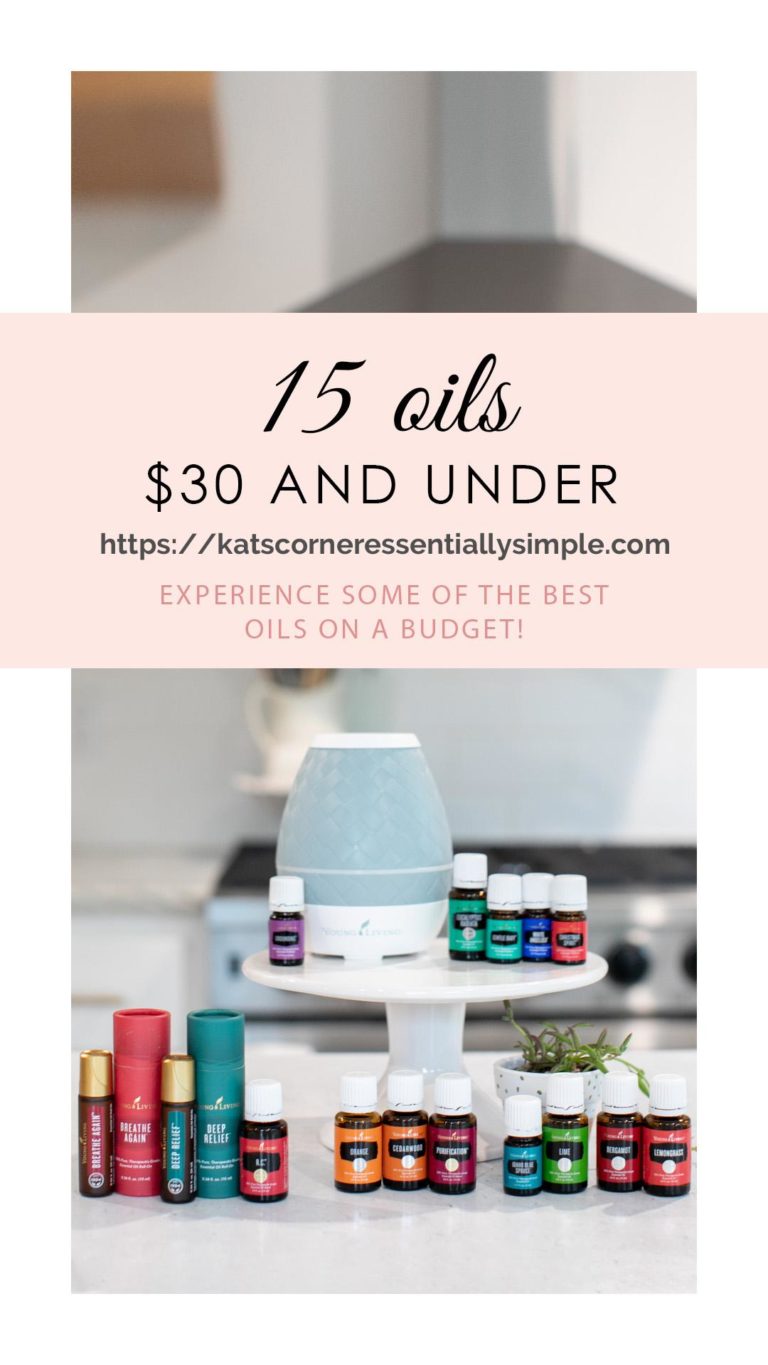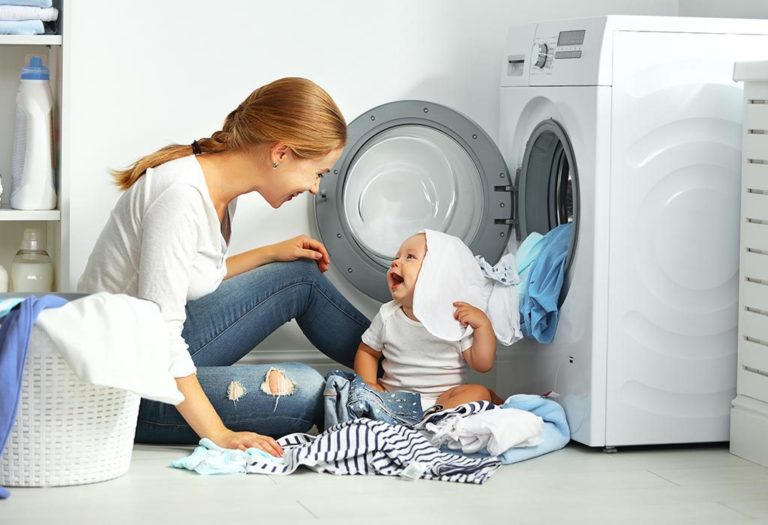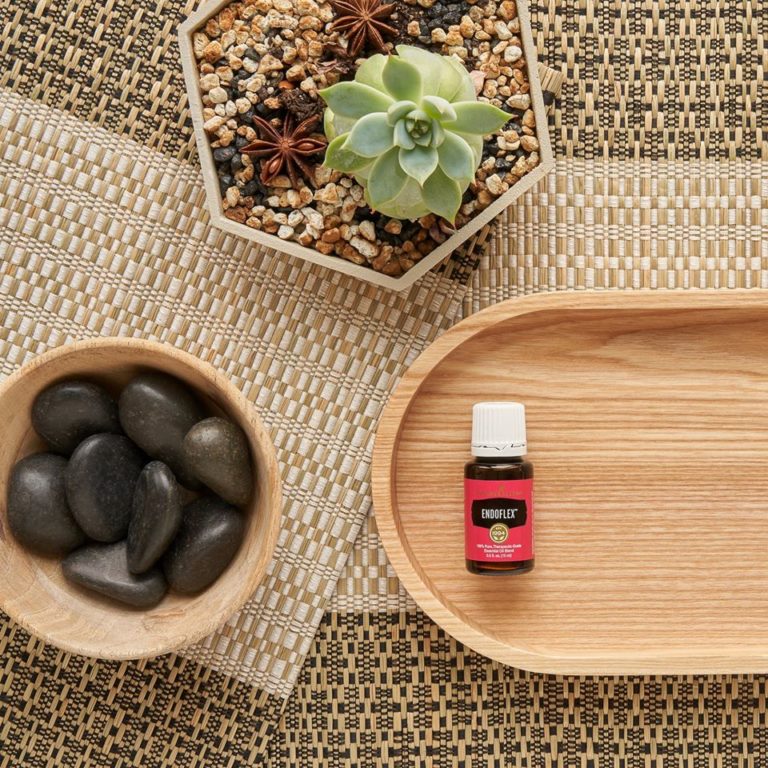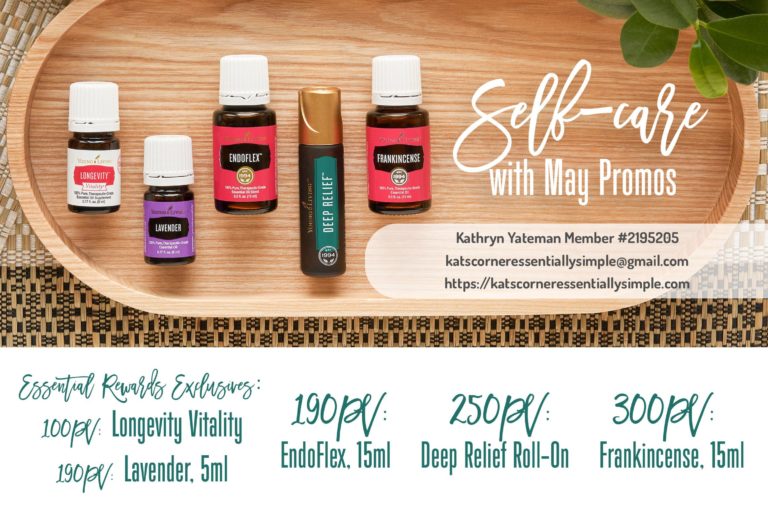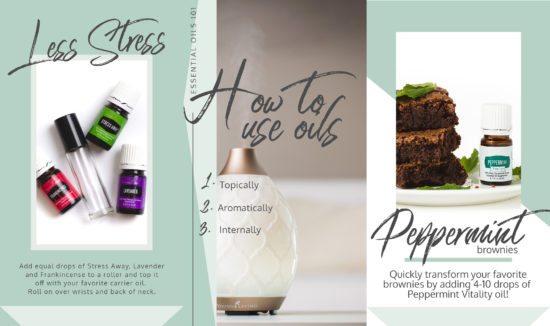July19,2020
Oh the scent of crisp cotton hanging out to dry! Is this the image you get when ever walked around your neighborhood and noticed that fresh smell of someone doing laundry? Bad news: when you breathe in that “clean” familiar scent, you’re actually getting a lung-full of toxic chemicals.
Oh Yes! You Are!
IS LAUNDRY DETERGENT TOXIC?
When scented laundry detergents and fabric softeners are used, dryer vents emit more than 25 volatile organic compounds (VOCs) per load, many of which are classified as hazardous air pollutants. If the dryer vent is blocked or if it doesn’t vent to the outside, then the indoor air pollution skyrockets when the dryer is in use. If the vent is not blocked to the outdoors, then the air in your neighborhood ends up getting polluted with VOCs. So, the truth is those laundry chemicals you use can impact the air quality in your home, your health, and even the outdoor air around your house.
IT’S ONLY A SMALL AMOUNT OF DETERGENT, RIGHT?
Since the average family in the United States washes about 80 pounds of laundry each week, with ½ cup of detergent per load, an average of 4 cups of detergent per home ends up in the waterways and affecting air quality each week. Each piece of laundry you pull out of the washing machine contains toxic residues from detergents, which not only lingers in the fabric, but rubs off on your skin.
Conventional detergents are comprised of a concoction of fragrances, endocrine disruptors, neurotoxins and potent cancer-causing chemicals. Most detergents have signature fragrances which are designed to impregnate and stay in clothes. The unscented versions add masking chemicals, which simply cover up the fragrance with another chemical. Your laundry room may very well be the most toxic room in your home once these chemicals become airborne when washing and drying your clothes.
This is a major problem in light of the fact that scientists are directly linking the alarming rise of degenerative disease in America to exposure to chemicals in our homes and workplaces. Consider that the American Cancer Society states that today 2018 one in three men and one in two women will have cancer in their lifetime. After accidents, cancer is now the second leading cause of death in children and exposure to chemicals in our homes is a leading factor.
Taking a look at the products we use is a first step to start reducing our exposures to these chemicals. All laundry detergent ingredients can potentially be absorbed through the skin or breathed in through the nose, as well as passed down the drain to damage aquatic life and our waterways. Since government agencies do not regulate harmful chemicals in cleaning products, it is time to open our eyes to toxic blind spots and start making healthier choices. We have the power to remove products with harmful ingredients from our homes. So take charge, protect your family and make a commitment to only bring in health-promoting products. And we are not EVEN getting into dyer sheets and fabric softeners here!
Let me show you the top 13 most used junk in your wash!
13 DANGEROUS CHEMICALS
Laundry waiting to be washed is as perpetual as doing dishes—the seemingly endless chore! However, your loads of literal dirty laundry are nothing compared to the dirty laundry of harmful chemicals in laundry detergent.
And the dangers to your health… Let’s help these companies air out THEIR dirty laundry. Following is a list of the most common harmful chemicals in laundry detergent products.
- Sodium Lauryl Sulfate & Sodium Laureth Sulfate/ Sodium Lauryl Ether Sulfate (SLS/ SLES). A main ingredient in, and most common chemical in laundry detergents as well as dish liquid, hand wash, and shampoo, SLS and SLES are surfactants intended to remove soil and as a foaming agent—they were originally developed as garage floor degreaser. Unfortunately, they also inflame skin, eyes, and lungs (1), and damage internal organs (2). SLS/ SLES is toxic in the environment as well. SLS is so irritating, in fact, that researchers frequently use it to induce acute skin and eye irritation (3), so they can measure other substances, such as healing agents.
- Phosphates. Phosphate exposure is linked to cardiovascular disease, osteoporosis, and death (4) from all causes in a general, healthy population. Banning phosphates in detergents (5) is a crucial step in saving natural waterways from eutrophication—mineral poisoning that causes high die-off of native marine animal species.
- Formaldehyde. Yes, the toxic chemical used to preserve dead bodies is in many laundry products and dish detergents. Exposure, even at low levels, from breathing or smelling formaldehyde increases your risk of cancer according to the CDC (6). It has also caused spots of dying tissue (7) with regular exposure (necrosis), and an immune response consistent with parasitic infection, an allergic reaction, or cancer. The EPA calls it (8) a class B1 probable carcinogen (cancer-causing substance) and says it causes acute toxicity when in contact with skin.
- Chlorine Bleach. It’s not surprising that bleach is a skin and lung irritant, but most people do not know either how common it is in laundry products or exactly how harmful it can be, not to mention, many people add at least an additional cup to every load of whites. The material data safety sheet from a major bleach manufacturer tells us exactly how dangerous this substance is.
CHLORINE BLEACH IS DANGEROUS?Chlorine bleach causes: severe caustic burns to skin and eyes, blindness, pulmonary edema (fluid in the lungs that restricts breathing), respiratory failure, and more; use of personal protection equipment is required when using bleach, including a chemical resistant apron, chemical resistant gloves, safety goggles to protect eyes from fumes, and even air respirators!
This belies their cheery ads depicting completely unprotected models happily pouring bleach in the direct vicinity of their toddlers.
- Ammonium Sulfate. This laundry additive is so toxic, it’s manufacturers recommend not using it indoors! In addition to impermeable gloves, and eye and lung protection, the requirements for use (9) of ammonium sulfate include never allowing the chemical or its empty containers to reach drains or waterways, and it is a category 3 oral, skin, and respiratory toxin.
- Dioxane (1,4 Dioxane/ Diethylene Dioxide/ Diethylene Ether/ Dioxan). This laundry additive belongs as far away from your home and family as possible. Its liquid and fumes can spontaneously combust; it’s a known carcinogen (known to cause cancer since 1988); it causes skin, eye, and lung inflammation (some irreversible); it should only be used with protective gear (10) including respirators; and once you are exposed (via inhalation, skin contact, or eye contact including fumes in your eyes), it targets the following organs: kidneys, central nervous system, liver, respiratory system, eyes, and skin.
- Optical Brighteners/ UV Brighteners. Optical brighteners are included in laundry detergents as stain treaters; however, they do not remove stains at all. They coat clothing with a substance that reflects visible light, so you can’t see stains; they are stain-hiders. In addition, it is an eye, skin, and lung irritant; extremely toxic to aquatic life; may spontaneously combust (11) and cannot be in the presence of static electricity—such as that from your clothes dryer; and correct use includes safely discarding any clothing that comes in contact with it!
- Ammonium Quaternary Sanitizers (Quats/ Synthesized Cationic Surfactants). This cleaning additive, commonly known by teenage food-service workers as “quat”, is known to be corrosive, and it should not be in household cleaning products (12), as it causes eye, skin, and lung damage. There’s no reason to include these chemicals in laundry detergent.
- Nonylphenol Ethoxylates (Nonoxynol, NPEs). In addition to many warnings of harm to eyes, skin, and lungs, this laundry detergent ingredient states that prolonged exposure to inhaled fumes or mist may be fatal!
- Fragrance (Unspecified/ Parfum). Manufacturers are not required to list the ingredients of their fragrances because of a legal loophole. Adding fragrance to detergent gives a false impression of cleanliness without improving the action of the product in any way. The deception goes much further than most people think—due to generations of indoctrination by unethical marketing schemes, studies show that women in particular choose products based almost solely on fragrance even when the product is clearly demonstrated to be ineffective at cleaning. Artificial fragrances are usually to blame in cases of chemical sensitivity, allergic reactions, and rashes. Pulmonologists almost universally recommend removing the artificial fragrance from commercial products unless specifically sold as perfuming agents, as our lungs are constantly inundated with harmful, unnecessary fumes. Many are known carcinogens and endocrine disruptors.
- Dyes. Not only do dyes add no cleaning power at all, they are another frequent culprit when unexplained allergies or rashes appear. Many are proven carcinogens and almost all are endocrine disruptors.
- Benzyl Acetate. This additive is harmful if inhaled or spilled on skin (13) and targets the kidneys and nervous system.
- Dichlorobenzene (P-Dichlorobenzene/ Benzene). Benzene has an immediate, highly toxic effect on aquatic life that can continue poisoning the watershed for years to come. The fumes cause optical damage, and it is listed with a carcinogen warning for humans
Pretty awful right?
You have to be a label reader these days. But you and your family are worth it! If it says fragrance of or scent just walk away. I do not care if you bought it at Trader Joes or Whole Foods! There are many great recipes for making your own laundry soap that is free of all this junk and cleans your clothes just fine. I personally use Young Living’s Thieves Laundry soap! Super concentrated, plant based, and crazy natural brighteners, not to mention it has the power of Thieves in it! I have two articles I did on this amazing soap when it was first released. I really put it to the test on desert backed in mud and my horse blankets! Yes it works that good. check it out
https://katscorneressentiallysimple.com/can-thieves-laundry-soap-really-work-on-this/
https://katscorneressentiallysimple.com/my-personal-testimonial-i-finally-got-to-try-it/
I love that I do not have to read any labels when I order my Young Living products and I know they are made with the purest ingredients and oils which has made such a huge impact on my health and well being.
Here are a few other natural ingredients to try:
Castile Soap
Baking Soda
Borax
Washing Soda
Vinegar
You can scroll through my site to learn more about dryer sheets, fabric softeners and simple laundry DIY’s . You can also jump right in with a Thieves Starter Kit or you can simply purchase at retail. I like my wholesale membership because it saves me so much money!
- https://pubmed.ncbi.nlm.nih.gov/16787454/
- http://www.healthy-communications.com/msdssodiumlaurylsulfate.html
- https://pubmed.ncbi.nlm.nih.gov/17908190/
- https://www.ncbi.nlm.nih.gov/pmc/articles/PMC4566440/
- https://pubmed.ncbi.nlm.nih.gov/249680/
- https://www.cdc.gov/niosh/topics/formaldehyde/
- https://www.ncbi.nlm.nih.gov/pmc/articles/PMC2124506/
- https://www.epa.gov/sites/production/files/2016-09/documents/formaldehyde.pdf
- https://beta-static.fishersci.com/content/dam/fishersci/en_US/documents/programs/education/regulatory-documents/sds/chemicals/chemicals-a/S25176A.pdf
- https://www.nwmissouri.edu/naturalsciences/sds/0-9/1%204-Dioxane.pdf
- https://www.thecarycompany.com/media/pdf/specs/sds-dbc-doubletex-ob.pdf
- https://www.closedsystemlabs.com/Pdf’s/MSDS%20-%20Quaternary%20Ammonium.pdf
- https://www.elan-chemical.com/dev/msdspdf/NATURAL%20BENZYL%20ACETATE.pdf
- https://beta-static.fishersci.com/content/dam/fishersci/en_US/documents/programs/education/regulatory-documents/sds/chemicals/chemicals-p/S25299A.pdf

